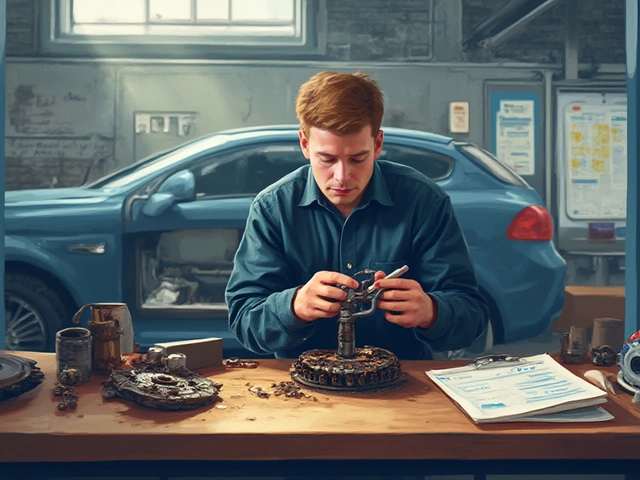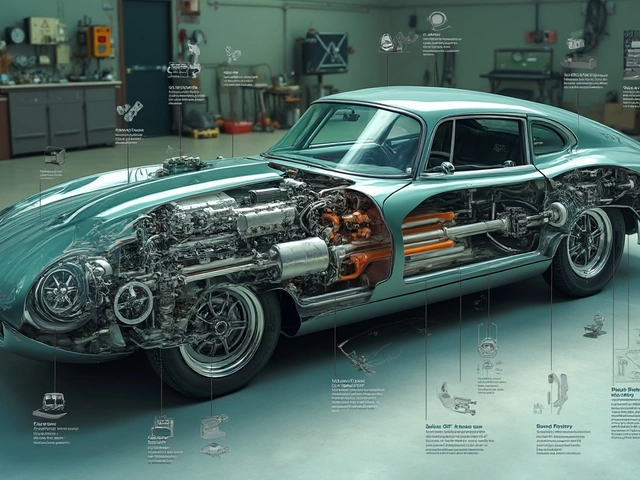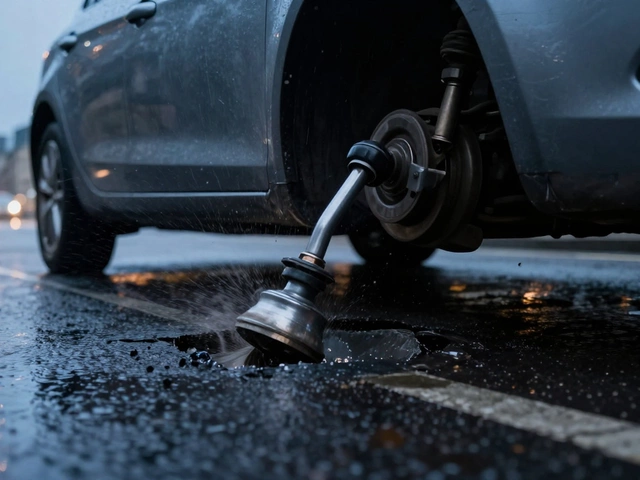Wiper Blade Lifespan: When to Swap Your Blades
Most people think wiper blades last forever until they break. In reality the rubber wears out, the frame can bend, and the blade can start skipping. On average you’ll get 6‑12 months of decent performance, but the exact number depends on a few everyday things.
What Influences How Long a Blade Stays Good?
Climate is the biggest factor. If you live where it rains a lot, the rubber is in constant contact with water and grit, which speeds up cracking. Harsh winter roads fling salt and sand that grind the rubber down fast. Hot, sunny climates can dry out the rubber, making it brittle.
How often you use the wipers matters too. A commuter who drives 50 miles a day in rain will wear blades quicker than someone who only uses them a few times a month. Speed also counts – wiping at high speeds puts more stress on the blade edge.
Quality of the blade itself plays a role. Budget blades often use softer rubber that looks good at first but disappears after a few months. Premium blades have tougher compounds and may stretch that 12‑month window.
How to Spot a Worn‑Out Blade Before It Fails
Look for streaks that don’t clear the glass. If you see white marks or a smeared line that stays after you wipe, the rubber is no longer making full contact. Split or cracked rubber is an obvious sign – you’ll feel it if you run a finger along the edge.
Listen for squeaking or chattering noises, especially at low speeds. That usually means the blade is skipping because the rubber can’t grip the glass. Also check the frame; a bent or loose frame will cause uneven pressure and wear.
One quick test is to lift the blade away from the glass and see if the rubber still feels supple. If it feels hard or brittle, it’s time for a new set.
Regular maintenance can stretch the life a bit. Wipe each blade with a soft cloth and a little soap after a heavy rain or a drive through salty roads. Removing built‑up grime slows the cracking process.
When you’re ready to replace, note the blade size – it’s printed on the old blade or in your car’s manual. Buying the correct length ensures a proper fit and even pressure across the windshield.
Many drivers set a seasonal schedule – new blades in spring and again in autumn. This lines up with the start of rainy periods and the end of winter salt exposure, giving you fresh blades when you need them most.
Price-wise, a standard set of blades runs between £10 and £30. If you’re on a budget, the cheaper pair will work fine for a few months, but you’ll end up buying replacements more often. Spending a bit more on a higher‑grade set can shave a month or two off the wear cycle, which often pays for itself.
Finally, keep the old blades for a quick comparison. If the new ones look noticeably smoother and wipe cleanly, you’ve done the job right. If they start leaving streaks within a few weeks, you might have a bad batch – most shops will swap them for free.
Bottom line: don’t wait for a full wipe‑out. Swapping blades every 6‑12 months keeps your view clear, your safety up, and saves you from costly glass repairs. Keep an eye on the signs, do a quick clean now and then, and you’ll know exactly when it’s time for fresh blades.
How Long Do Silicone Wiper Blades Last? Real Lifespan Facts & Replacement Tips
Wondering how long silicone wipers last? Break down their true lifespan, when to replace them, tips to make them last longer, and real facts that matter to drivers.
Latest Posts
-

Car Radiator Price UK (2025): Parts, Labour, and Real Fitted Costs
-

How Does Your Car Act When It Needs Oil? Signs You Can't Ignore
-

Clutch Replacement Costs: Real Prices, Causes, and Savings Tips
-

Will a Car Still Run with a Bad Fuel Pump?
-

What Does a Damaged Suspension Sound Like? Common Noises and What They Mean

0